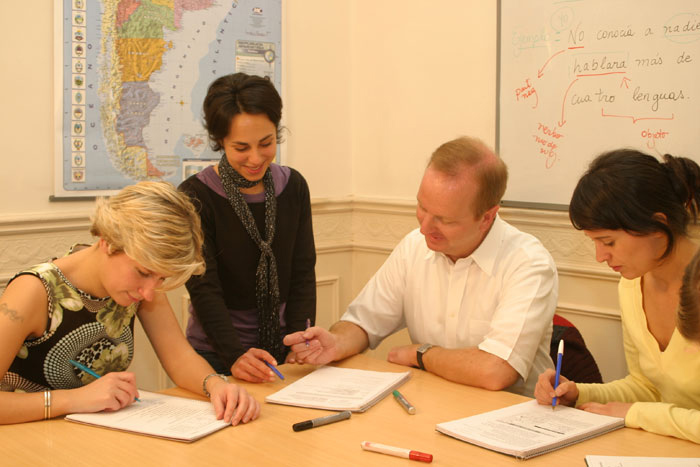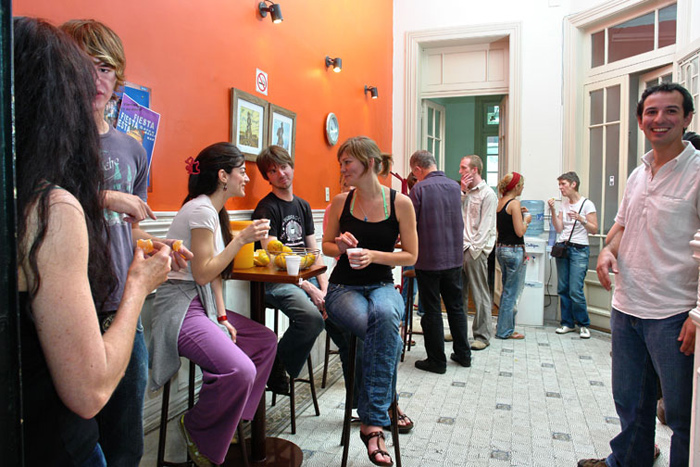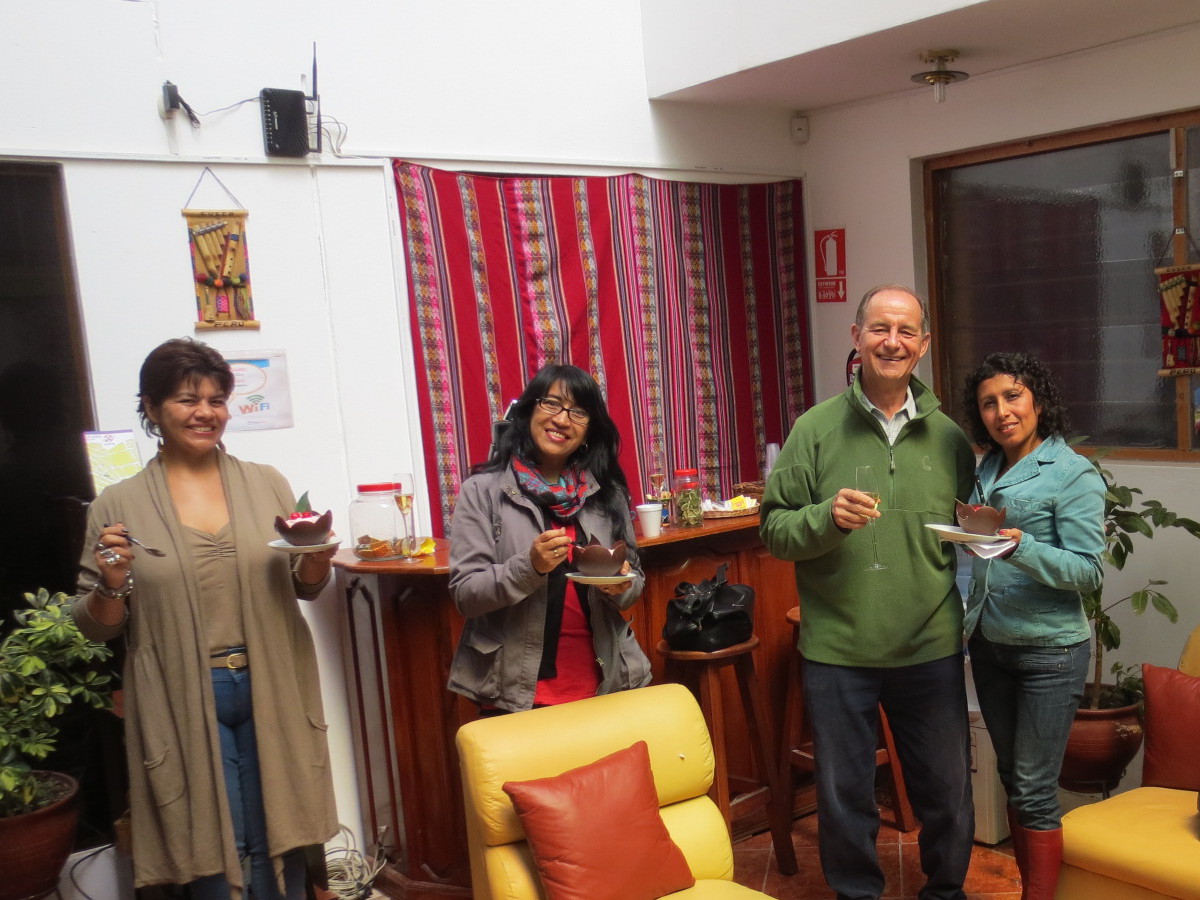Common Misconceptions About Learning Spanish Overseas
The best way to learn is by doing, and this holds true whether it is a practical skill or an academic discipline. Learning a language is no different; the more the language is used, the more it becomes second nature. Just watch a young child learning to speak to see this happen.
However, when it comes to adults, fear often holds them back and even the thought of Spanish immersion travel often seems overwhelming. The thought of entering a foreign country and learning to speak the language by simply engaging with the locals and exploring can lead to people running in the opposite direction.
But, this type of language learning is not only extremely effective, it is also incredibly fun and rewarding.
Here are five common myths about Spanish immersion travel that couldn't be further from the truth:
Myth #1: It's for Advanced Spanish-Speakers Only
Many people think that Spanish immersion travel is best-suited to students who already have a basic mastery of the language.
However, this is just not true. More than half of the program participants begin their journey with no prior Spanish language instruction or experience whatsoever and still achieve impressive gains.

A group Spanish class at Ecela Buenos Aires. Many students arrive as complete beginners, while others are nearly fluent. (The school operates 12-15 unique levels.)
Age is no barrier either, with program participants ranging from high school students to retirees.
Ultimately, this program is designed to suit anyone looking to add Spanish to their skills set and absolutely no prior Spanish-speaking skills are required to get started.
Myth #2: It's Very Expensive and Only for the Rich
There are some things that an hourly rate cannot be applied to easily, and the additional experiences gained through language immersion are just some of them.
The opportunity to experience the culture through everyday experience, as well as through tours, classes and social activities is priceless.
Even not counting all those extras, your Spanish course at Ecela is about 80% less expensive than instruction at a private school in the United States.
And, in terms of value for money, the cultural and social settings will provide unforgettable life experiences.
Myth #3: It's Too Time-Consuming
Flexibility is at the heart of this immersion program. While the typical program lasts one month or longer, it can be taken over as little as just one week.
Whether aspiring Spanish-speakers can afford to learn at a leisurely pace or want to immerse themselves in the culture and language for a relatively short period of time, there are plenty of suitable learning options available.
In fact, lots of people return on a yearly basis to get a brief refresher from their "families abroad."
Myth #4: The Program Is Too Intense
Immersion learning is designed to take people out of their comfort zones, but Spanish immersion travel is by no means too intense.
This type of learning is often compared to getting an "edu-vacation." Learning while enjoying is the best way to really develop any new skill. At the heart of the learning process is participation in an exciting array of social and cultural activities.
The more that students reach out and truly engage with their new environments, the more they'll learn and the faster the learning process will become.
Unlike structured language instruction in a classroom setting, people are simply absorbing Spanish and incorporating it into their daily lives and activities. The program is as intense as the student wants it to be.
Myth #5: Immersion Travel Can Be Lonely
The only way immersion travel is lonely is if the participants lock themselves away in a room and refuse to take part in any activity.
Apart from that, it is impossible to be lonely when surrounded by new people, each as eager to learn and engage as another. It is a great way to get to know new people and discover things you never knew about yourself as well.

Although most students come alone, friendships are formed quickly.
Because you make so many new friends right away, many people refer to the school as giving you an "instant social life."
Of course, there is also nothing stopping you from taking part in the program with a friend or partner, just for that added support and extra fun.
Myth #6: It's Only for the Young
While our largest segment is college-age and recent graduates, our second largest (and fastest growing) group is retirement age.
We've had many students well into their 80s who do very well here.
Some want to retire in Latin America, others have Spanish-speaking grandkids, and others are culturally-curious and enjoy the challenge of working toward Spanish mastery.

Andrew, a retired Canadian engineer, with the staff at Ecela Cusco.
The world's leading language travel specialists choose Ecela for Spanish immersion in Argentina, Chile, or Peru:
